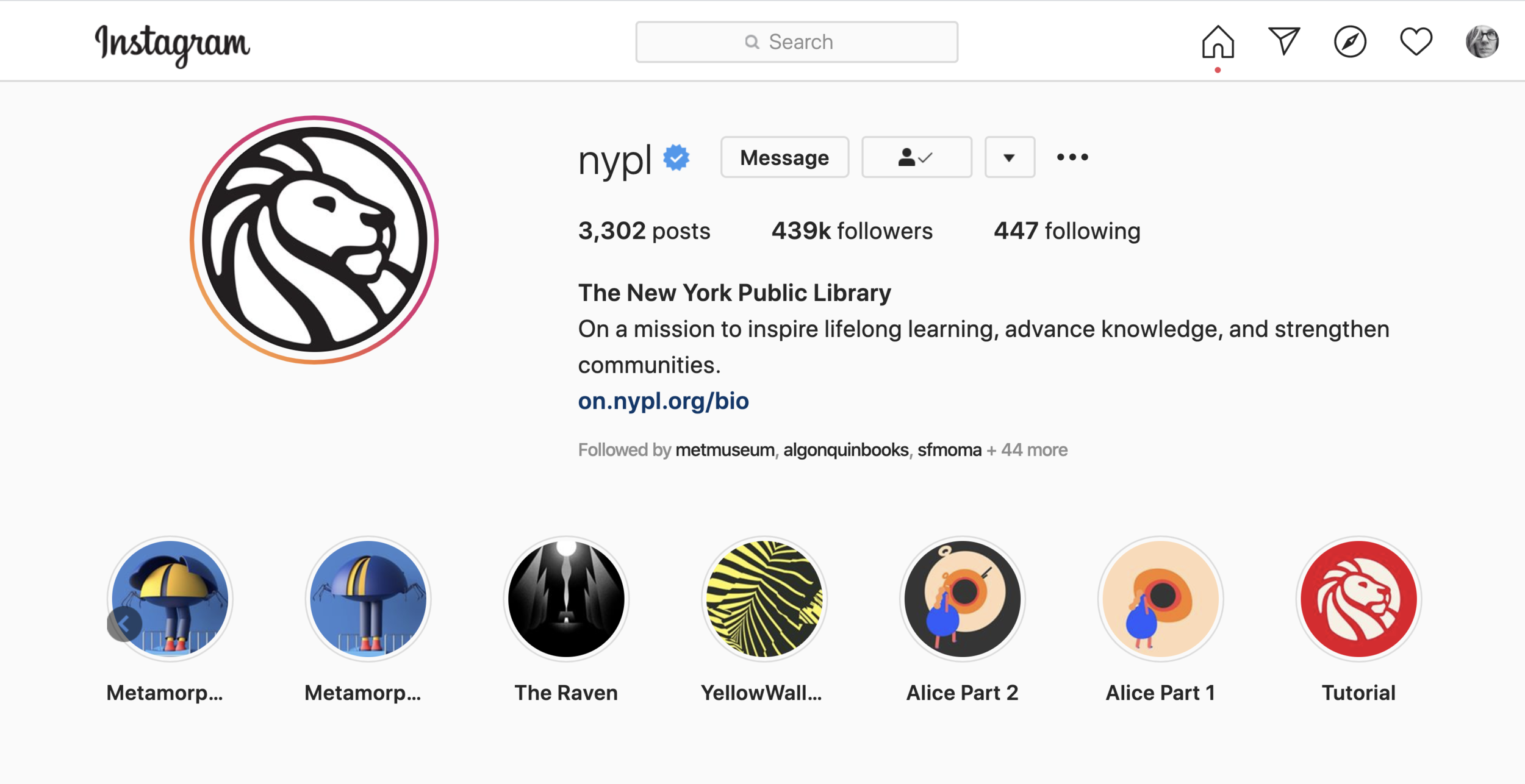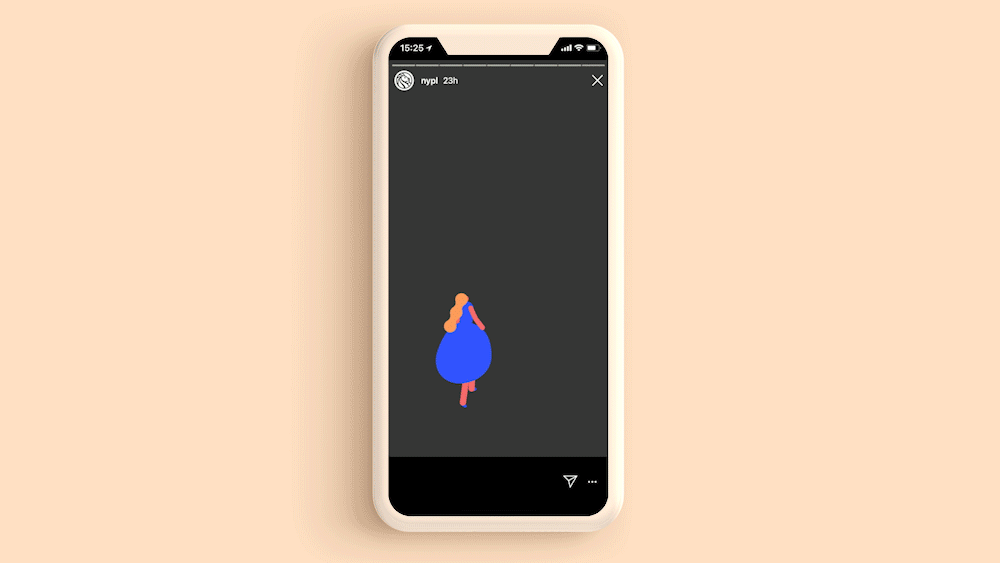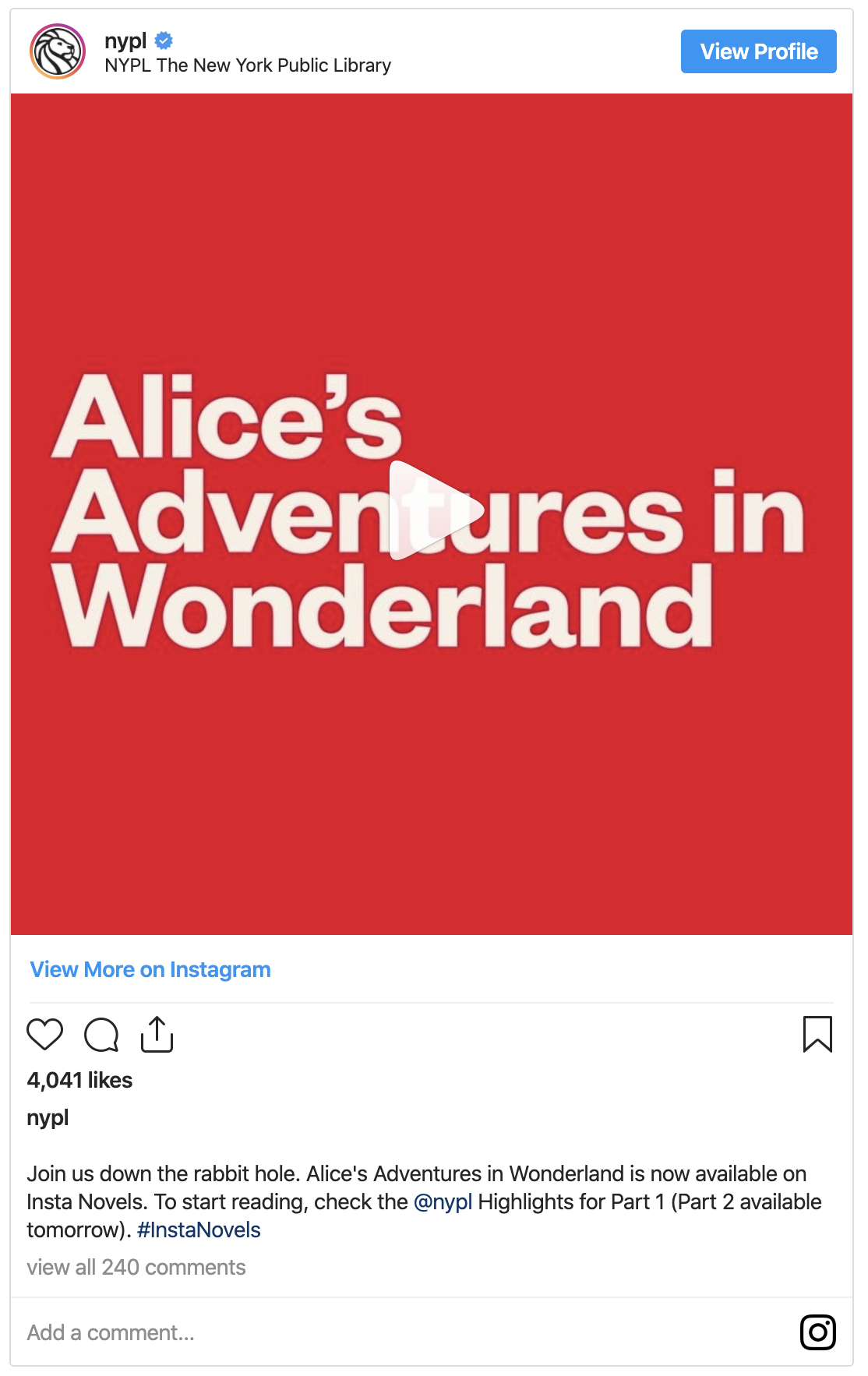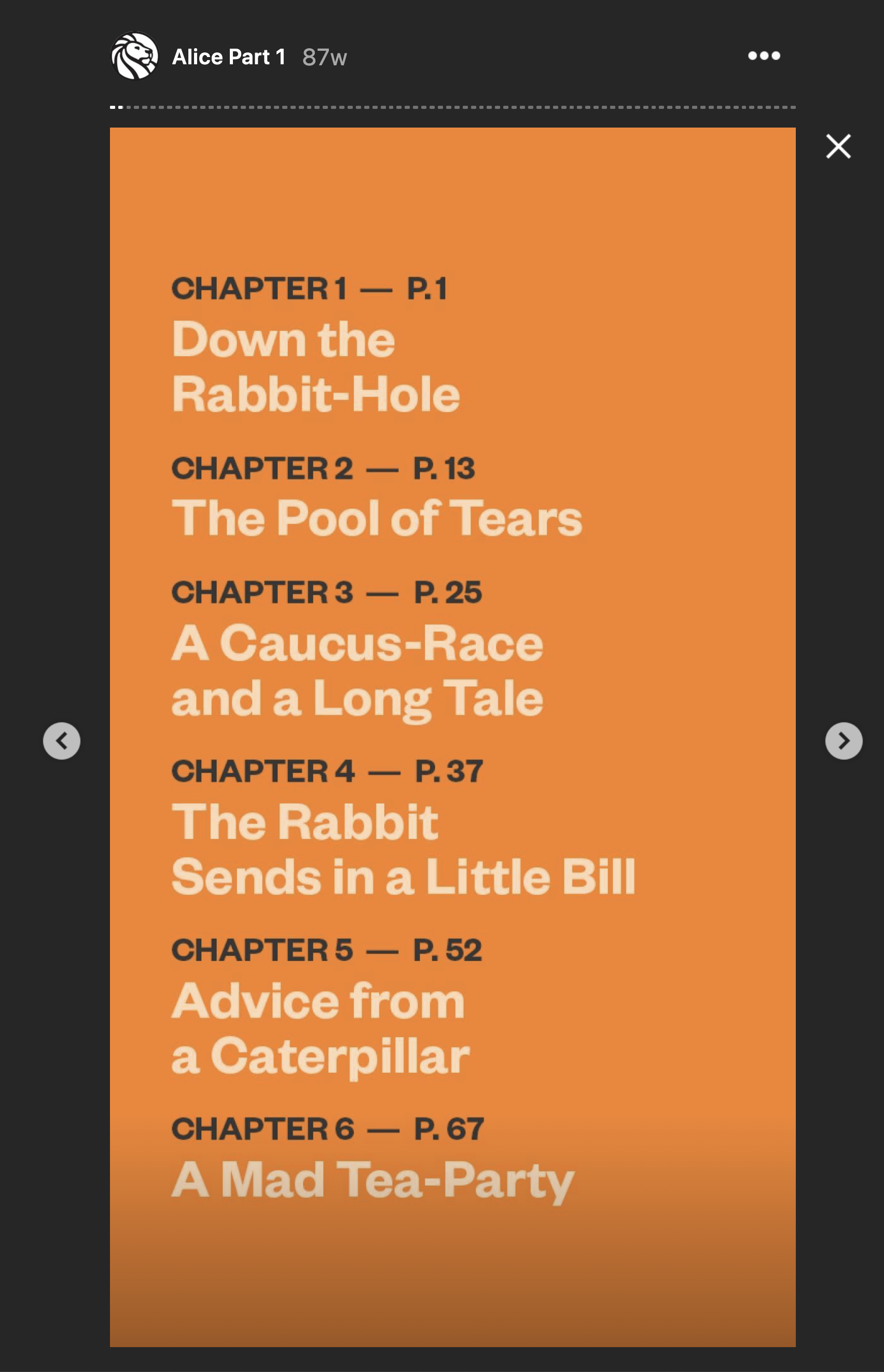Society & Purpose
This week’s challenge was split into two tasks:
Task 1: Research User-Centred Design Processes or Tools
Research three user-centred design processes or tools that can be used to discover a core need or problem e.g. customer journey maps, service safaris, a day in the life, cultural probe, double diamond.
Select one process and write a short 100-word description to illustrate how it can be used to discover an insight or challenge.
Task 2: Research Existing Campaign or Service Design Project
Research and select one existing campaign or service design project that tackles a social problem and analyse its effectiveness. Please remember to include information about any user-centred design processes that may have been used and the impact it brought about.
Write a 300 – 400 word description with screen grabs to illustrate your research findings.
EMPATHY MAPS
Empathy is critical to any design solution. How can a designer truly know how to solve a problem if they are unable to know the impact of the problem for the audience in the first place? The use of the empathy map and empathy experience overall provides the designer with direct input by placing themselves in the shoes of the customer (end user, audience, or subject). The empathy map can be useful to synthesize the data collected in the field. The tool creates a segmentation of actions: say, do, think, and feel into quadrants for evaluation and assignment. Each data point collected gets assigned a place on the map based on the appropriate, relevant action: think/feel, hear, see, say and do. Insights can then be gleaned from the patterns that may appear, contradictions or disconnects, or surprising revelations once the exercise has been completed.
TURNING BOOKS ON THEIR HEADS: INSTA NOVELS
In 2018, The New York Public Library partnered with the independent advertising and creative agency, Mother New York, to reimagine four literary classics intended to meet their younger audiences where they are: Instagram.
The problem presented by NYPL was to engage their younger audiences in a way that they’ve never had before and to break down the idea that the library is a dusty old place filled with dusty old books. Their partnership with Mother New York lead them down a path of discovery and finding new ways to reach their audience. Mother New York’s team looked at how best to tell a story in Instagram stories. They looked at typography, both size, color, and hierarchy to create the best possible reading experience. They leveraged Instagram’s native user experience of tapping within stories to move pages forward and back. And set off chapters with clever animations to keep the reader engaged and delighted.
The design research on this project must have been intense, but the efforts clearly have paid off. The library’s audience grew by over 75% during the initial launch of the Insta Novels and readership in the 300,000s. I would imagine that numerous design thinking tools were employed to realize this project. Having the known insight that their audience in the younger demographics had an unfavorable point of view of the library, using a tool such as “How Might We” to brainstorm new ways to engage this cohort would prove useful. The use of empathy maps after any journey maps or shadowing experiences could yield data that point the agency towards insights given how this audience thinks, feels, acts, says, and does with books as well as social media. Issue cards could be utilized to garner in-depth input from test subjects about how they prioritize reading, reading platforms, and their preference for learning new ideas or storytelling more specifically. Finally, the use of some circular design thinking could be employed to find out a more sustainable method to creating readership with a younger, more technically savvy audience. The researchers could literally dismantle (gasp) a classic novel and dissect its manufacture from paper source, production, distribution, and environmental impact all of which might have lead them to the idea that Insta Novels provide more circular economy for the New York Public Library and have a much smaller impact on Mother Earth.
We’ve been around a long time, and we have a reputation, so when we sort of subvert expectations, I think it really delights people.
— Richert Schnorr, director of digital media for the New York Public Library
REFERENCE:
Card Sort. (n.d.). Retrieved from https://www.designkit.org/methods/24
Card Sort. (n.d.). Retrieved from https://www.designkit.org/stories/50
Dam, R. F., & Teo, Y. S. (n.d.). Define and Frame Your Design Challenge by Creating Your Point Of View and Ask "How Might We". Retrieved from https://www.interaction-design.org/literature/article/define-and-frame-your-design-challenge-by-creating-your-point-of-view-and-ask-how-might-we
Hypothesis Generation. (n.d.). Retrieved from https://servicedesigntools.org/tools/hypothesis-generation
Issue Cards. (n.d.). Retrieved from https://servicedesigntools.org/tools/issue-cards
Falmouth University (2018). Society & Purpose | Lecture. History and Futures GDE720 19/20 Part-Time Study Block S2 (Falmouth, UK: Falmouth University)
Manzini, E., (2015) Part 1: Social Innovation and Design, in Design, When Everybody Designs: An Introduction to Design for Social Innovation [ebook], Cambridge, Mass: MIT Press. Available from: https://ebookcentral.proquest.com/lib/falmouth-ebooks/detail.action?docID=3339947. pp. 7–74
Romanoff, M. (2017, February 9). "How Might We" Questions. Retrieved from https://dschool.stanford.edu/resources/how-might-we-questions
Stickdorn, M., Schneider, J., Andrews, K. and Lawrence, A., (2011) This is Service Design Thinking: Basics, Tools, Cases [ebook], Hoboken, NJ: Wiley. Available from: https://www.dawsonera.com/abstract/9789063693169 ., pp. 68–79, 88–93, 108–115, 124–135.
TEDx, Carol A. Wells, (2015) Can Art Stop a War and Save the Planet? https://www.youtube.com/watch?v=bQKNkmuZ7V8
Service Design Tools: Communicating Methods Supporting Design Processes (2009), . Available from: http://www.servicedesigntools.org/repository








